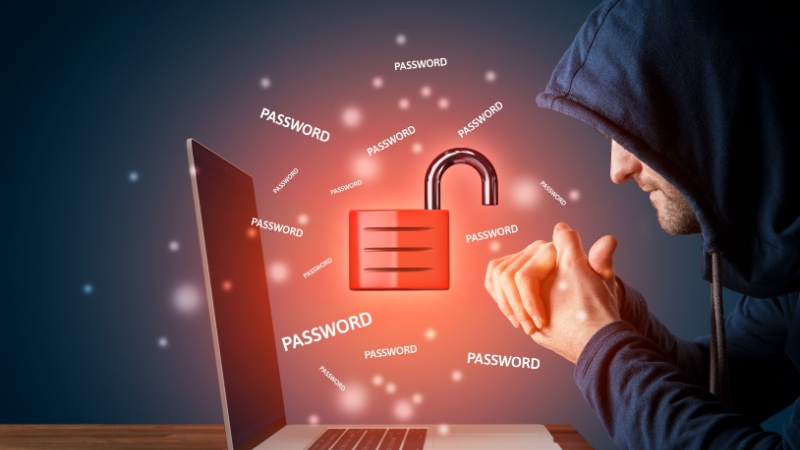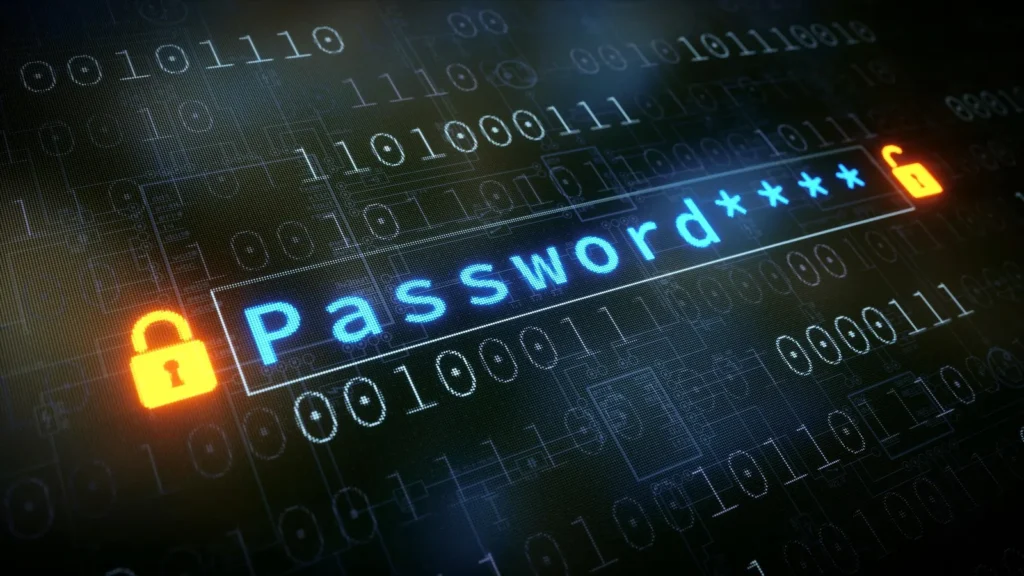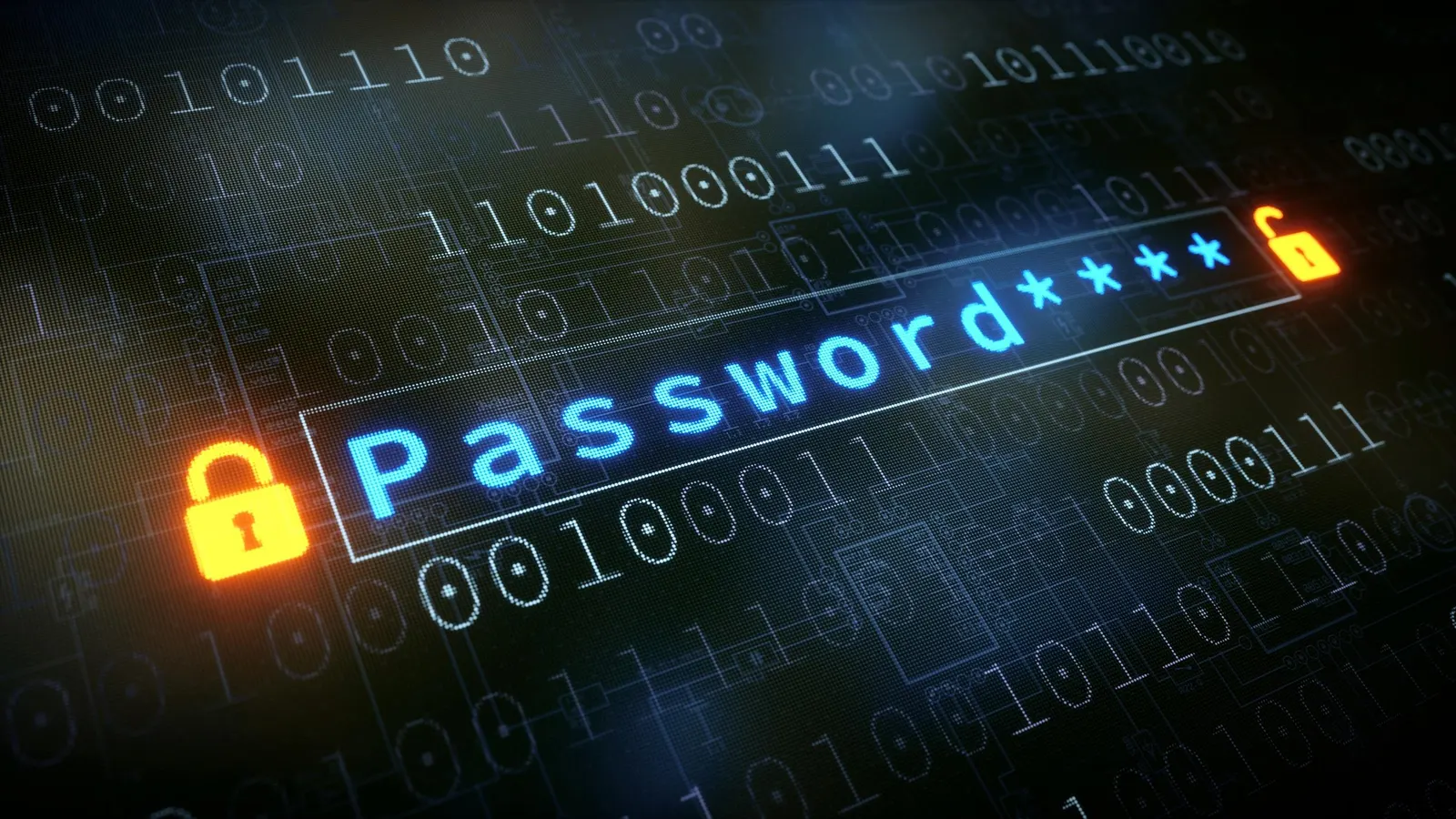Table of Contents
In a shocking turn of events, over 16 billion login credentials have been leaked online, affecting nearly every major platform—from Google and Instagram to Apple and X (formerly Twitter). This is not just another random data dump—it’s the largest password leak in internet history.
Security researchers say these credentials were collected using advanced “infostealer” malware, which quietly infiltrates users’ devices and steals saved passwords from browsers and apps. If you’ve ever saved your login in Chrome, Edge, or on your phone, there’s a chance your data might be in the wrong hands.
But don’t panic just yet. There are tools—easy, free, and effective—that can tell you if you’ve been affected. Below, we’ll walk you through four essential tools that help you identify whether your Google, Apple, Instagram, or X account has been compromised in the password leak—and what steps to take next.
1. Have I Been Pawned?
A reliable and easy-to-use tool, Have I Been Pawned lets you check if your email or password has appeared in any known data breach. Enter your email address, and the system will scan billions of leaked records to find a match.
If your email shows up in the password leak, it’s a clear sign to change your passwords immediately.
Bonus: You can also search just the password hash if you’re privacy-conscious.
2. Google Password Manager / Checkup Tool
Built into Chrome & Android
If you’re a Chrome or Android user, Google offers a Password Checkup tool that analyzes all saved credentials in your Google account. It flags passwords that have been exposed, reused, or are too weak—especially useful after a password leak.
Through Google One, users also get alerts if their personal information surfaces on the dark web. This feature scans for leaked data linked to your Google account and notifies you immediately.

3. Microsoft Edge Password Monitor
For Windows and Edge users
Microsoft Edge has a built-in Password Monitor that scans your saved credentials against a constantly updated list of breached databases. If any of your passwords are part of the password leak, you’ll get a prompt to change them.
Edge also encourages enabling multi-factor authentication for an added layer of protection, which is a smart move for any online account today.
4. F-Secure Identity Theft Checker
Third-party option for extra coverage
Not a fan of Big Tech tools? The F-Secure Identity Theft Checker offers an independent and secure way to check if your email address was exposed in a data breach. Simply input your email, and it gives you a brief report listing where and when your credentials may have leaked.
This is a great secondary check, especially if you use multiple email addresses across accounts.
Also Read: Beyond ChatGPT: Exploring the Next Wave of AI Language Models in 2025
What to Do If You’ve Been Affected
If any of these tools confirm you were part of the password leak, don’t wait. Here’s a step-by-step response plan:
- Change your passwords immediately—use complex, unique ones for each account.
- Enable two-factor authentication (2FA) using an app like AUTH or Google Authenticator.
- Use a password manager like Bitwarden or 1Password to avoid reusing credentials.
- Monitor your accounts for suspicious activity, especially on banking or email services.
- Scan your device with antivirus software like Malwarebytes, in case malware is still active.
Why This Password Leak Is a Big Deal
- Massive scope: 16 billion credentials were exposed—more than double the world’s population.
- Recent breaches: Security experts confirm the leaked data includes fresh credentials, not just old ones.
- Major platforms affected: Gmail, iCloud, Facebook, Instagram, and X users are all in the danger zone.
- Malicious use: The stolen data may be sold on the dark web, used in phishing, or leveraged for identity theft.
Final Word: Don’t Wait—Check Now
A password leak of this size is a wake-up call for all internet users. You may not think it affects you—until your Instagram is hacked, your Gmail is locked, or your iCloud is accessed from a device you don’t recognize.
Using these four tools today could help you catch the problem early. Treat online security like your physical health—checkups matter.
Stay proactive. Stay safe. And most importantly, stay alert.









